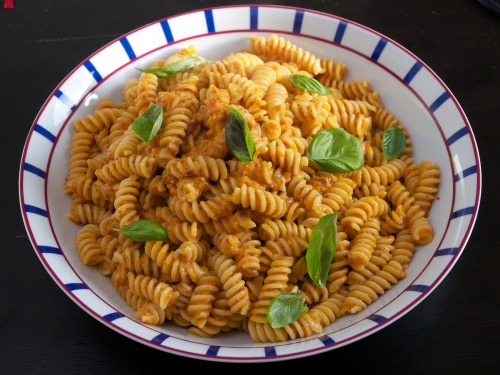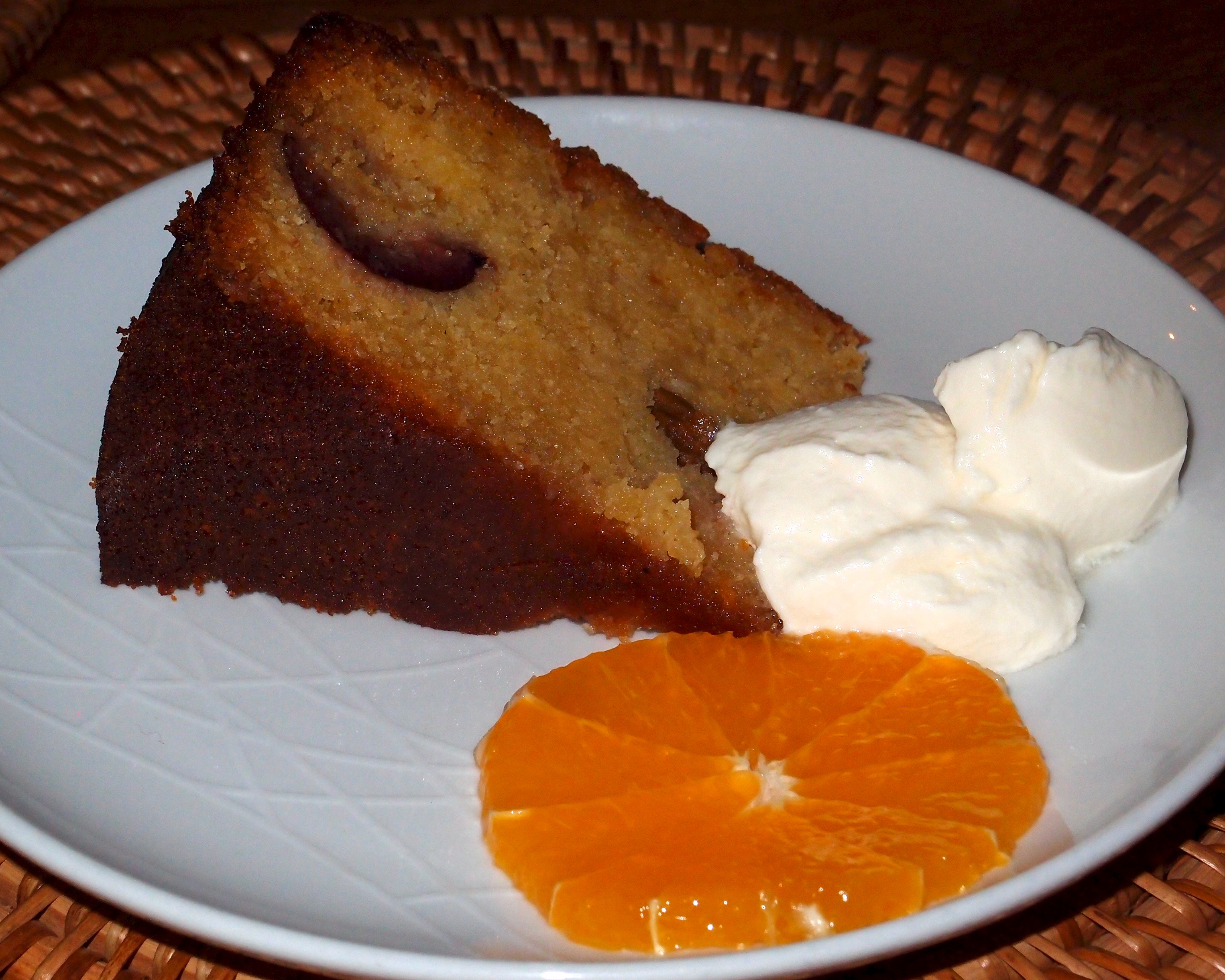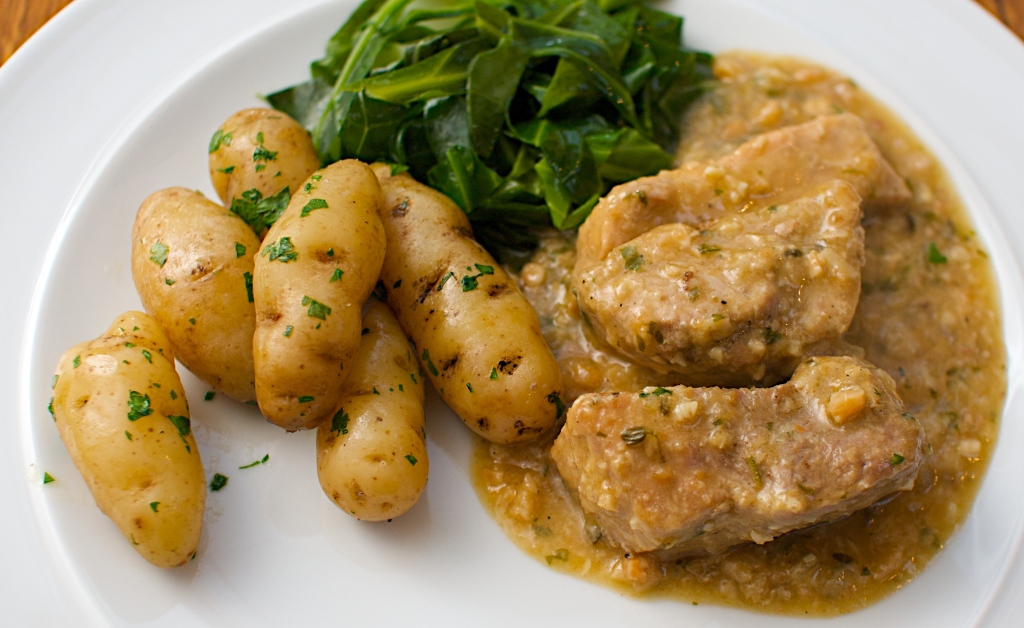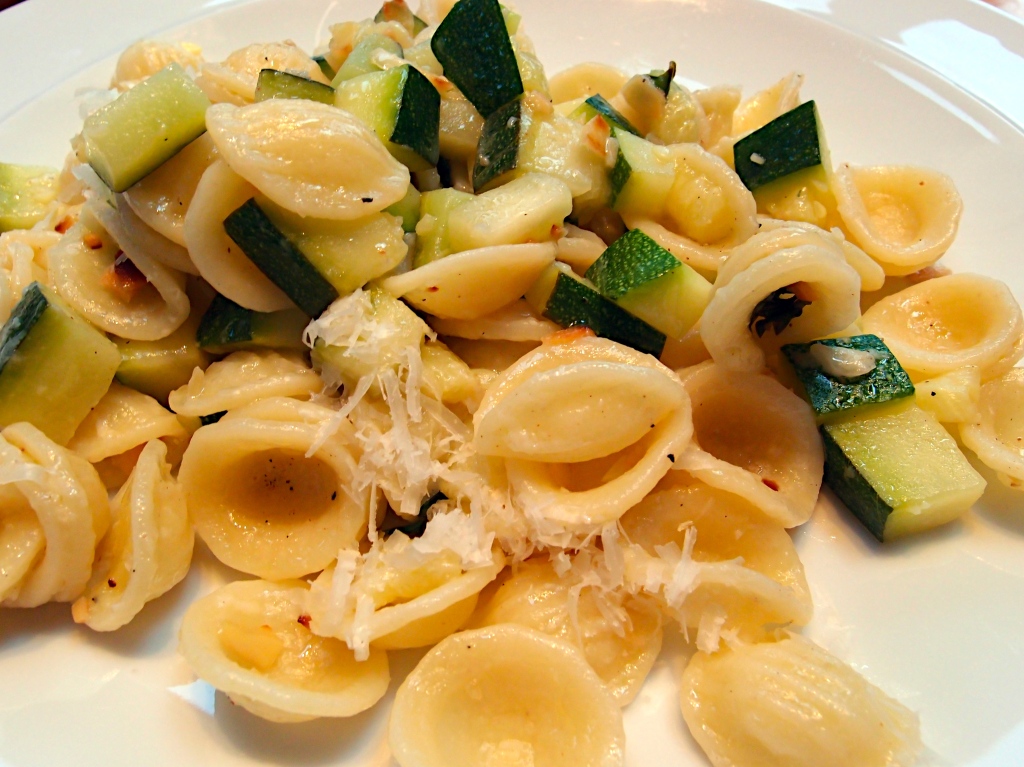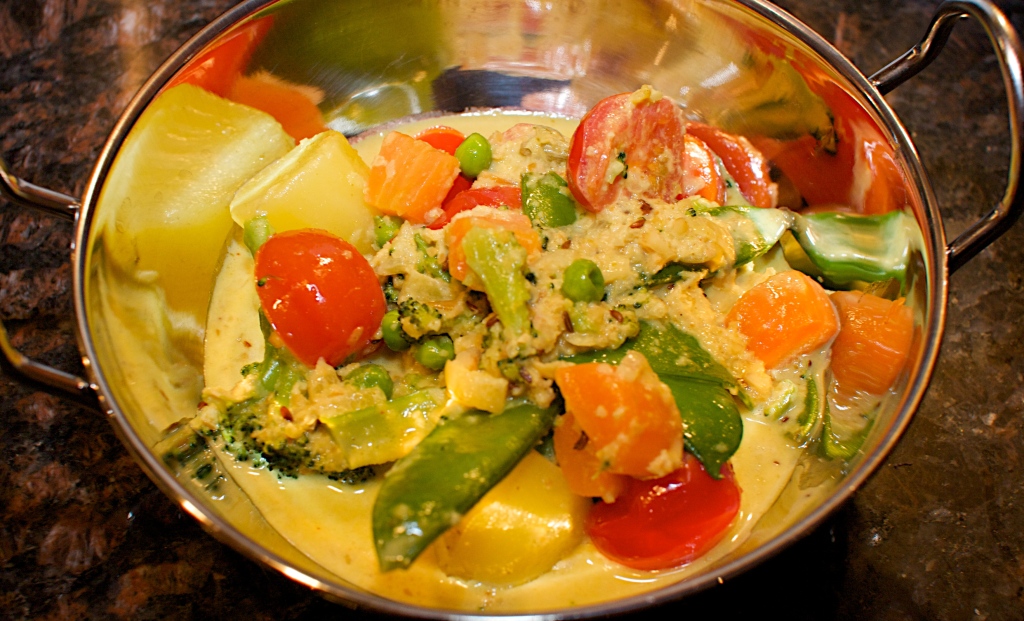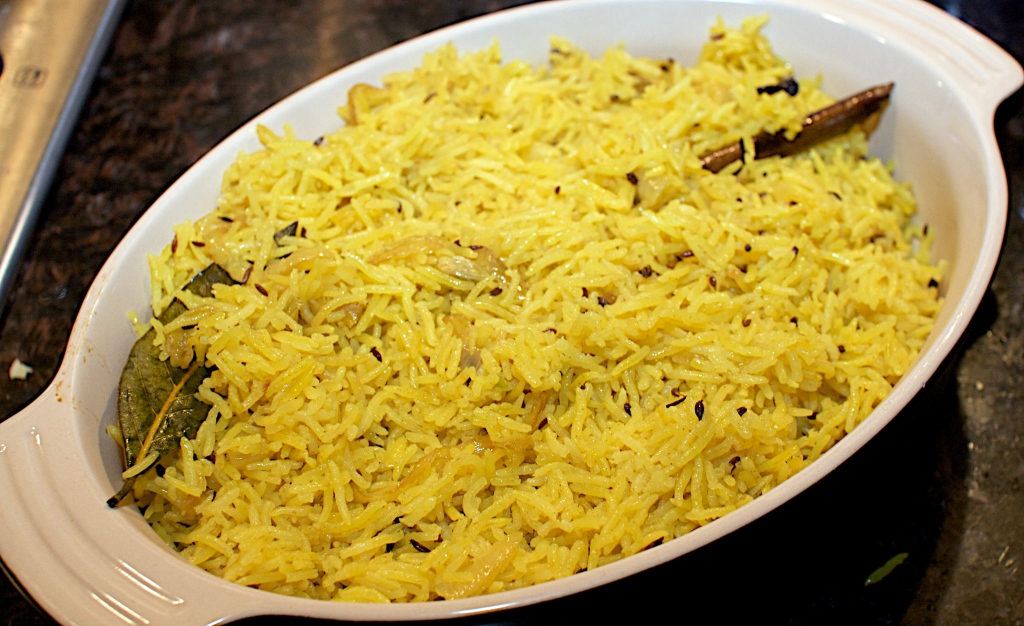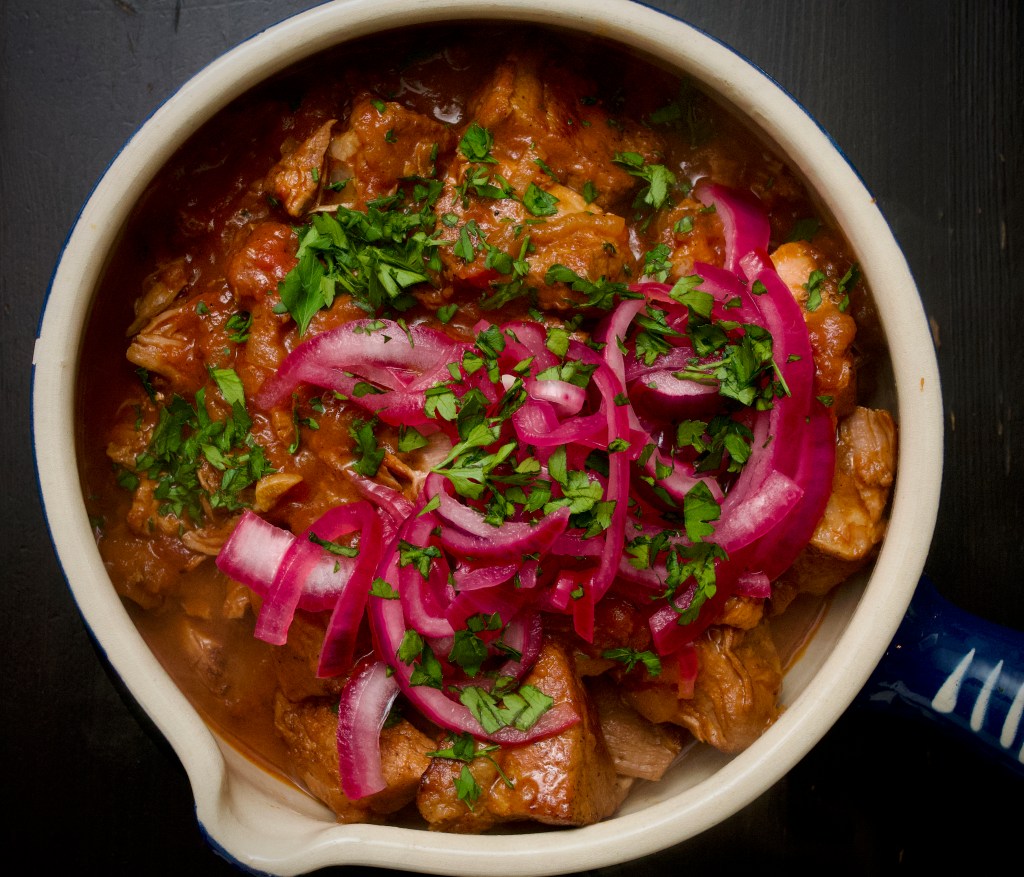
This is an Iberico pork dish inspired by José Pizarro. We did not have any Iberico and substituted Tamworth free-range pork from our butchers instead. This is not quite the same but the dish was still lovely, but of course use Iberico if you can find it.
Wine Suggestion: A dish that begs for a Spanish Garnacha.
Pork shoulder in tomato & sherry sauce with lemony couscous – serves 6
- 2 tbsp olive oil
- 1.5kg shoulder of pork (or Iberico pork), cut into 5cm chunks
- 2 red onions, finely sliced
- 3 cloves of garlic, finely sliced
- 2 tsp coriander seeds, lightly crushed
- 1 tbsp tomato purée
- 150ml oloroso sherry
- 1 x 400g tin chopped tomatoes
- 400ml chicken stock
FOR THE COUSCOUS:
- 1 red onion, finely sliced
- juice of 1 lemon
- 250g couscous
- 3 tbsp extra virgin olive oil
- 450ml chicken stock
- a large handful of flat-leaf parsley, chopped, plus extra to serve
- 2 preserved lemons, skin finely sliced and pulp discarded
- ½ cucumber, peeled, deseeded and finely diced
- 30g toasted flaked almonds
Heat the oven to 160C/140C fan/gas 3.
Season the pork with salt and pepper, then heat the olive oil in a large casserole and fry the pork in batches until well browned on all sides.
Reduce the heat to medium-low, then add the onions to the dish and fry gently for 10 minutes, then add the garlic and coriander seeds and fry for another 5 minutes.
Add the tomato purée and sherry and bubble for 1 minute, then return the pork to the pan and add the tomatoes and stock. Season and bring to a simmer, then cover and transfer to the oven. Cook for 2½-3 hours or until the meat is really tender.
Meanwhile, prepare the couscous. Put the onion into a heatproof bowl, then pour over boiling water from the kettle and leave to sit for 30 seconds. Drain and cool under running water. Tip the onion back into the bowl and squeeze over the lemon juice and season with salt. Set aside.
Put the couscous into a flat dish and stir in the olive oil and a good pinch of salt, then pour over the chicken stock. Stir and cover with clingfilm, then leave to steam for 10 minutes. Remove the cover and fluff the couscous up with a fork. Add the rest of the ingredients and stir to combine.
Serve the pork with the couscous, the pickled onion and its juices, and some extra parsley.
(Original recipe from The Spanish Home Kitchen by José Pizarro, Hardie Grant, 2022.)
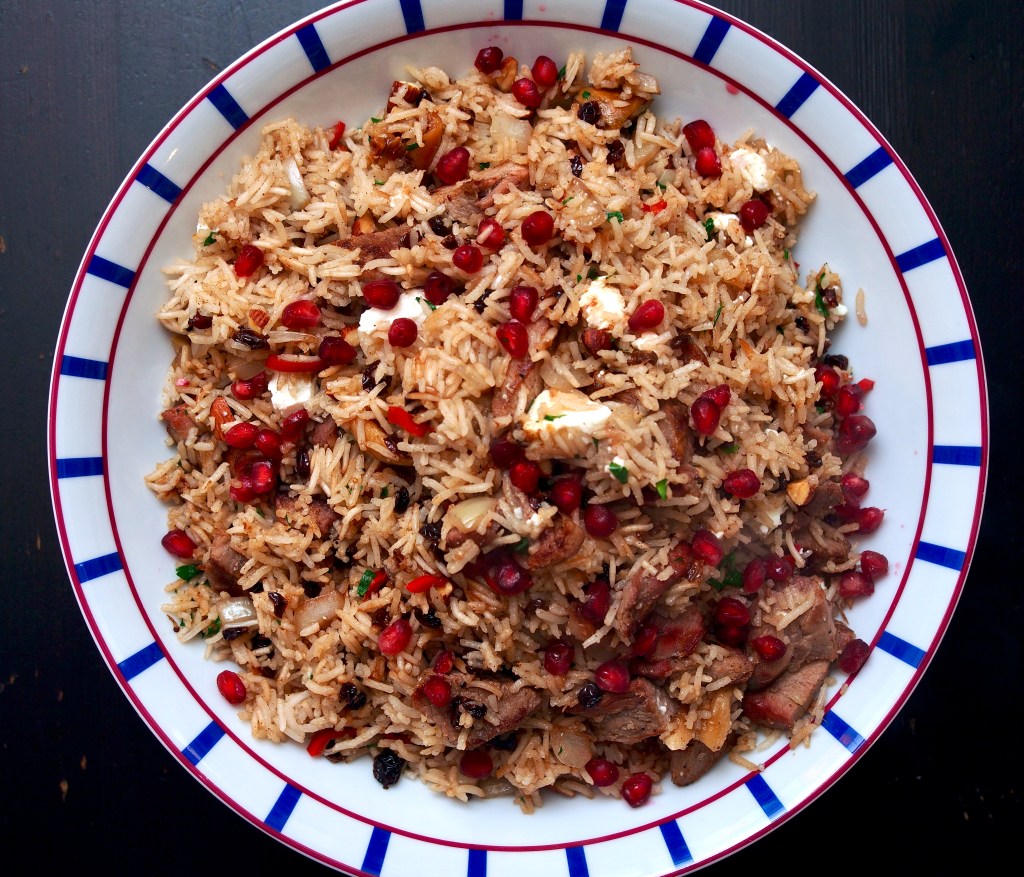
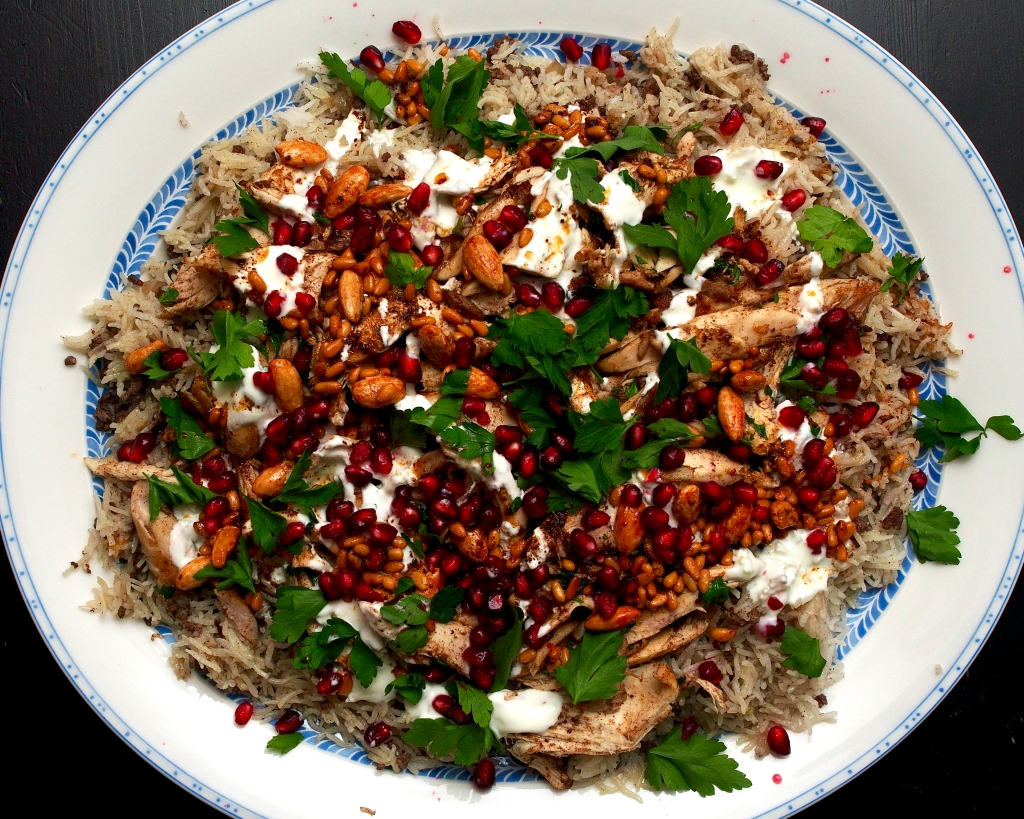
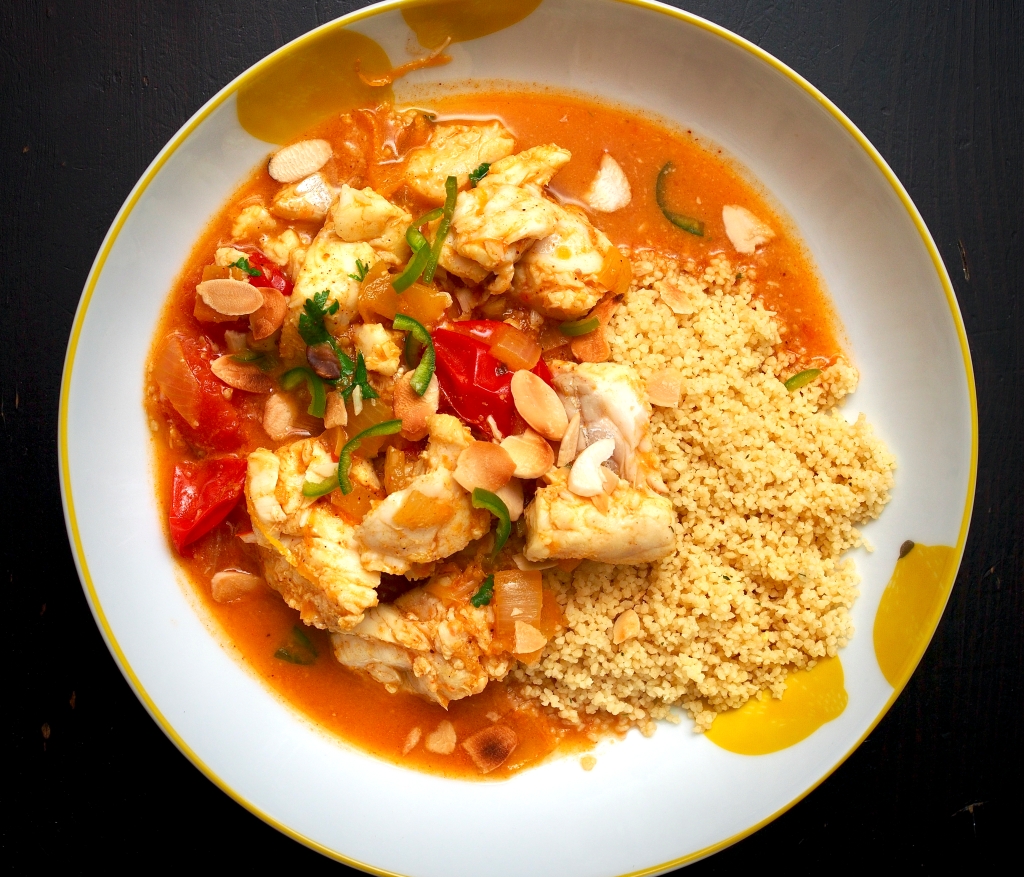
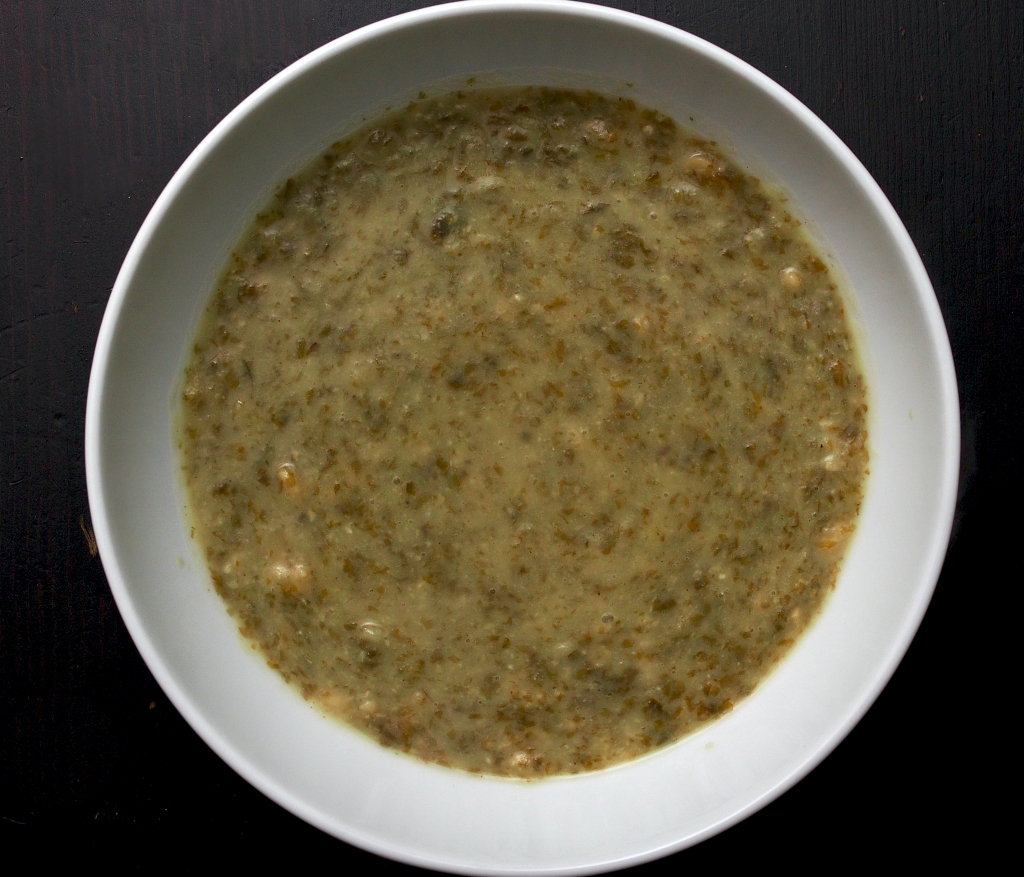
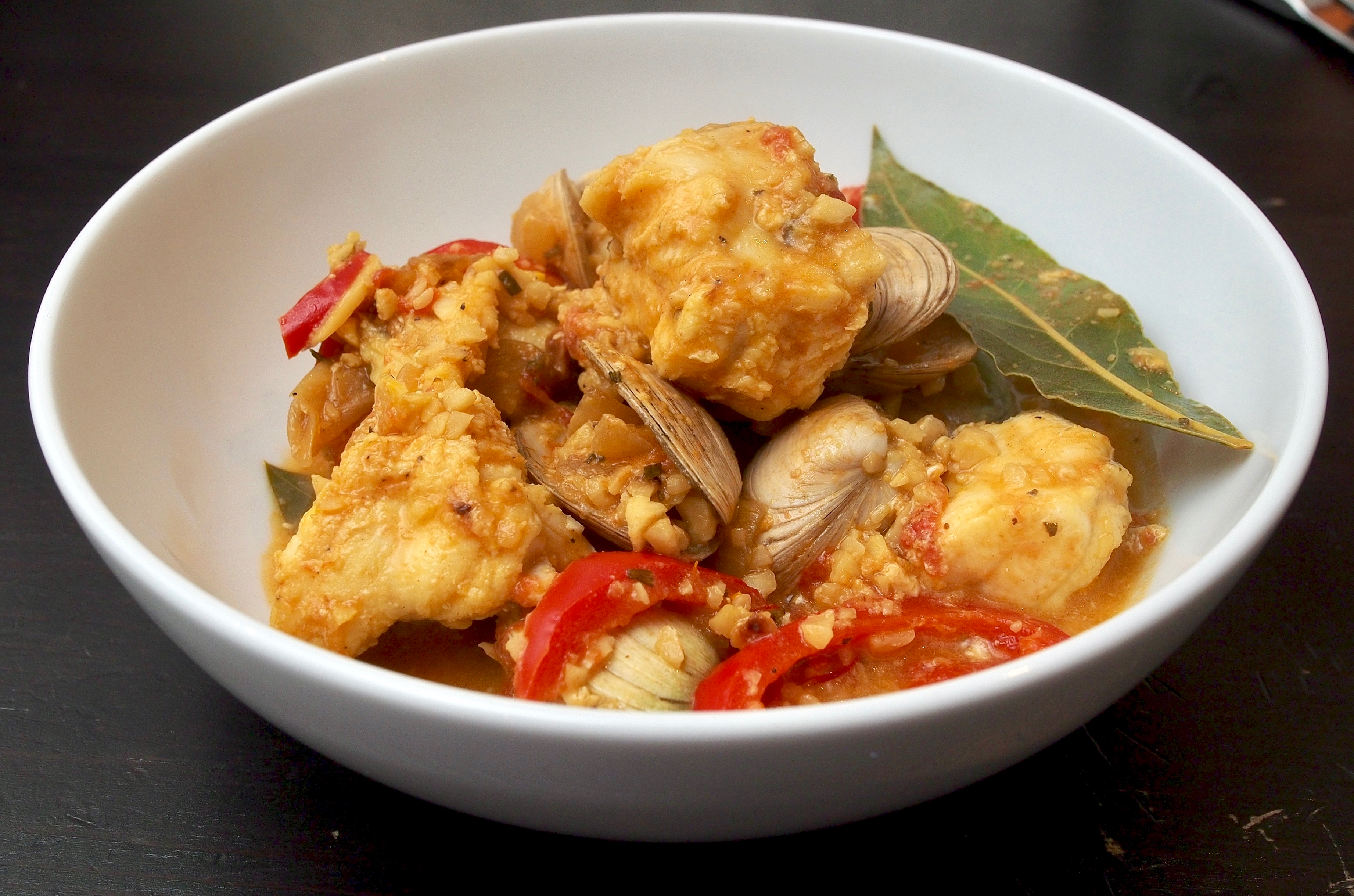
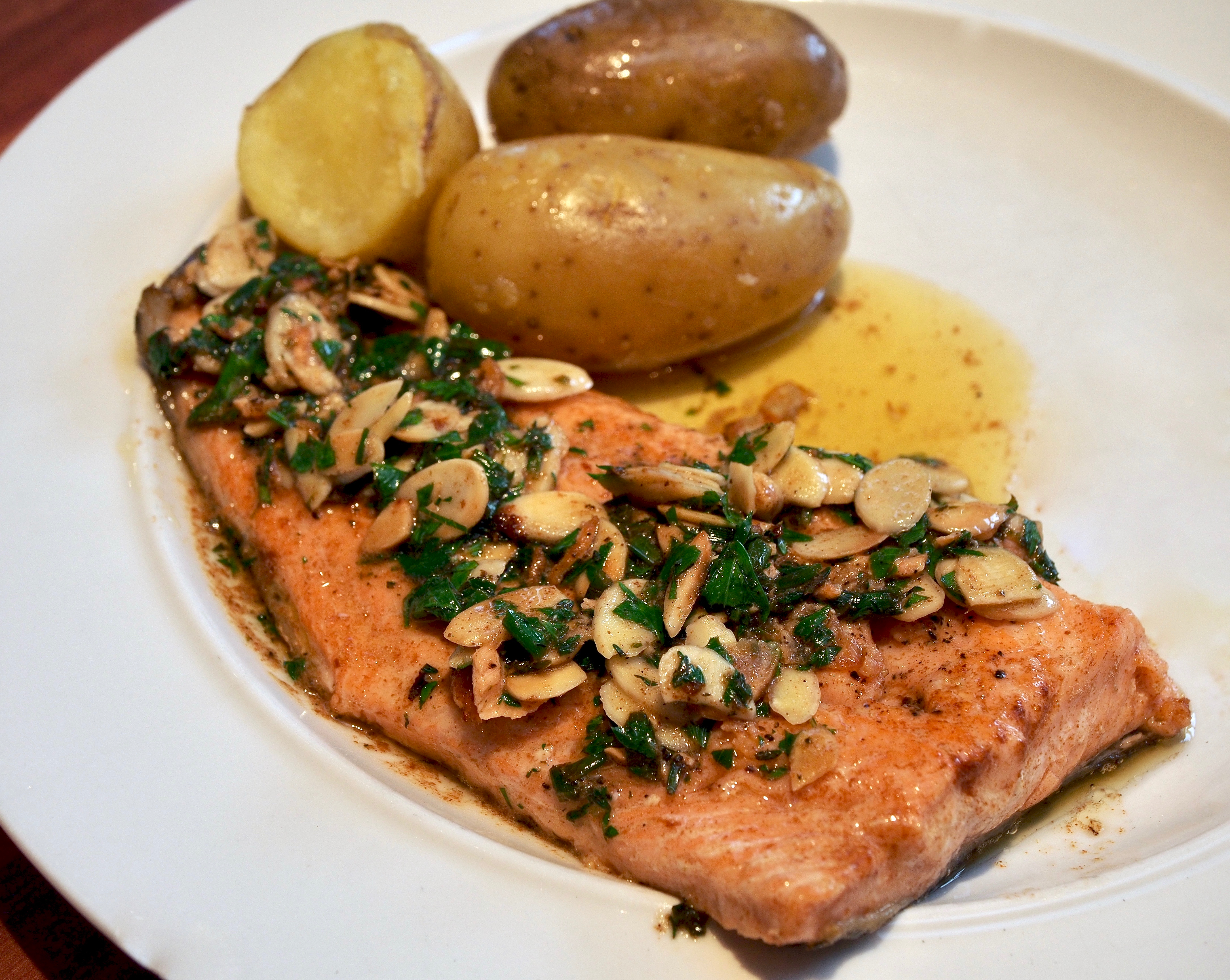 A simple and delicious idea for trout fillets. Serve with steamed new potatoes and asparagus or other seasonal greens.
A simple and delicious idea for trout fillets. Serve with steamed new potatoes and asparagus or other seasonal greens.